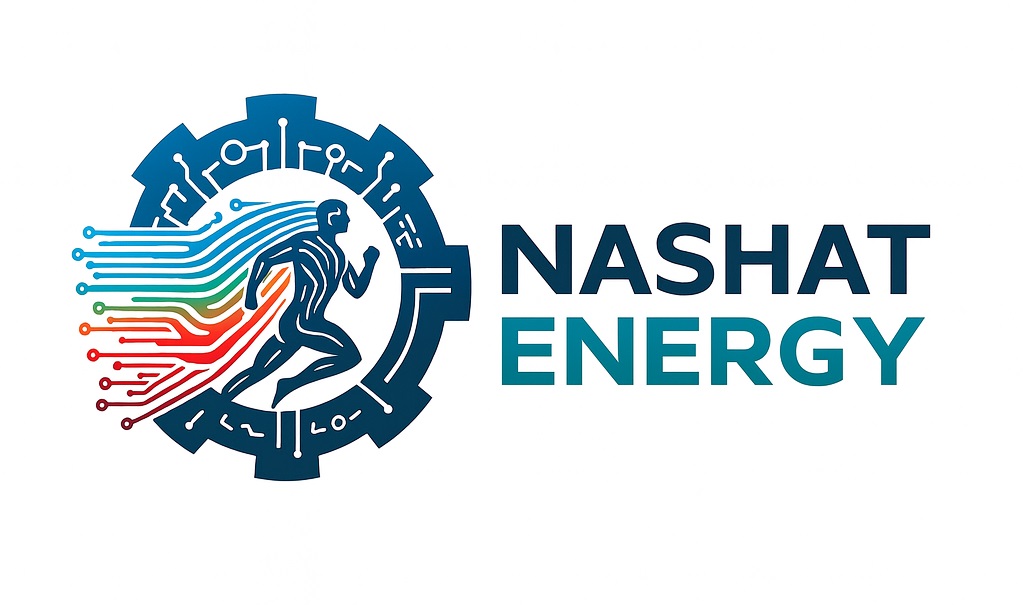

Driving Efficiency with Smart Energy Audit, Monitoring, and Controls. P.O.Box 20898 Al Qusais Dubai, UAE
In the diverse landscape of the GCC, energy management is far from a one-size-fits-all endeavor. Each industry, from bustling commercial buildings to high-tech data centers, faces unique challenges that demand tailored solutions. This blog explores how different sectors can optimize their energy use, emphasizing the importance of customized strategies to achieve efficiency and savings.

Challenges: In villas and apartment complexes, air conditioning (AC) can account for up to 70% of the electricity bill. Residents often lack awareness of how to optimize their usage, and investments in energy efficiency depend on upfront costs and awareness.
Solutions:
Example: A villa compound in Abu Dhabi retrofitted common areas with smart thermostats and solar water heaters, slashing electricity use by ~20% and water heating costs by 30%. Tenants enjoyed lower bills and increased comfort—while the landlord met sustainability goals.
Outcome: More comfortable homes with lower utility bills. At scale, this reduces strain on the grid and supports community sustainability goals.
Challenges: HVAC systems dominate energy consumption, often accounting for 60-70% of peak electricity use due to extreme heat. Lighting and elevators also contribute, and tenant behaviors can affect energy use.
Solutions:
Example: A Dubai office tower installed an AI-driven building management system, significantly reducing its annual energy bill by automatically dimming lights and adjusting AC when areas were unoccupied.
Outcome: A Dubai office tower implemented an AI BMS to dim lights and tweak AC when spaces were unoccupied. Their annual energy spend dropped by 25% while tenant comfort remained optimal—earning them a green building certification and higher lease rates.

Challenges: Hospitals run 24/7 with critical life support systems; redundancy means standby generators and UPS units draw constant power.
HVAC must meet strict pressurization and filtration standards for infection control.
Solutions:
Example: An Abu Dhabi clinic installed a centralized energy management dashboard that alerts facility managers when an HVAC filter clogs or a machine underperforms. Over 12 months, they reduced non critical load energy by 18%, reinvesting savings into patient care.
Outcome: The hospital maintains patient safety and comfort while trimming energy waste in non-patient-care processes, translating into substantial savings that can be redirected to patient services.
Challenges: Energy costs for refrigeration, kitchen equipment, lighting, and AC can eat into profits. Hours of operation are long, and equipment must maintain set temperatures reliably.
Solutions:
Example: A chain of coffee shops installed smart thermostats and programmed their espresso machines to go into standby during off-peak hours, cutting energy use by 15% during those hours.
Outcome: Direct reduction in monthly utility bills, improving profitability. Efficient equipment also improves lifespan and performance, enhancing customer experience.
Why a Tailored Strategy Matters
These examples show that one strategy doesn’t fit all. A factory might invest in variable speed drives for motors, while a mall invests in an AI cooling system. The startup’s role is to assess specific needs and craft customized solutions for each client, building a case for hiring an expert rather than trying a generic solution.
Conclusion & CTA
Whether it’s a high-tech data center or a family-owned restaurant, every unit of energy saved counts. The right approach depends on the operation’s unique profile. Ready to put a smart energy plan to work for your [factory/building/Clinic/etc.]? Contact our team to develop a strategy tailored to your needs. With the right partner, you can achieve significant long-term savings and stay ahead of the curve.